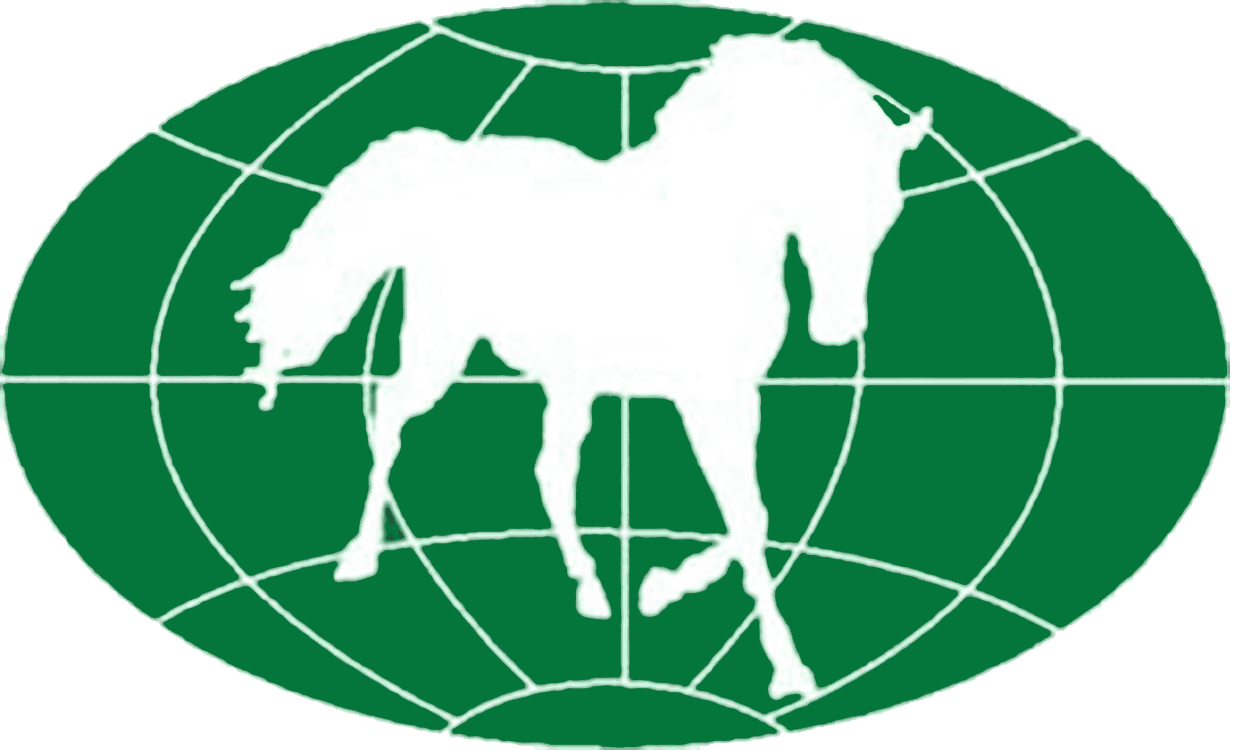Media Requirements at Major International Events
Without media coverage, equestrian sport would not thrive. Good coverage is, therefore, a common interest for the organizer and the FEI as well as for the media. The basis for good coverage is a professional press service and optimal working facilities for the media which enable them to carry out their job to the best of their ability. Media Guidelines for major international events were originally established by the International Alliance of Equestrian Journalists (IAEJ) and adopted by the FEI in 1976. The Guidelines have been updated continually since then. The latest version (below) was revised in 2017.
The IAEJ has members on all continents. The IAEJ Bureau appoints national delegates to represent the interests of members in their respective countries. The IAEJ Bureau also designates delegates to represent both the alliance and its members at all FEI championships and Olympic Games. The IAEJ representative works together with the Organising Committee (OC) and the Press Officer (PO) in the lead up to the championship to ensure the Media Guidelines are adhered to and that optimal working conditions exist for journalists and photographers at the event. Photo positions, protocols, internet capacity, scheduling, seating and security are examples of the extensive IAEJ checklist. The level of requirements will vary according to the level of event, but the basics remain the same.
In 2018 the IAEJ established the position of IAEJ Liaison Officer to act as intermediary between the OC and the media. The Liaison Officer (LO) is a non-working member of the press attending championships solely to benefit IAEJ members both at the event and those working remotely. Co-operation between the LO and the OC and PO begins at the point of the event’s allocation and continues through the event’s execution. The role involves site visits, as and when necessary, communications to members and organised briefings.
Please download the latest version of the Press Guidelines here. (PDF)
